The treatment for binocular vision dysfunction typically involves vision therapy, which includes eye exercises and activities to improve coordination between the eyes. Sometimes, glasses with prism lenses may be prescribed to help alleviate symptoms.
Binocular vision dysfunction occurs when the eyes struggle to work together, leading to issues like eye strain, double vision, and headaches. Vision therapy is a non-invasive and effective approach to address these problems. It involves a series of exercises and activities designed to improve eye coordination, focusing ability, and overall visual skills. Prism lenses, which alter the way light enters the eyes, may be used to help align the eyes correctly.
| Treatment Options | Description |
|---|---|
| Vision Therapy | Series of exercises and activities to improve eye coordination, focusing, and overall visual skills. |
| Prism Lenses | Prescription glasses with prism lenses to help align the eyes correctly and reduce symptoms. |
| Comprehensive Eye Exam | Evaluation by an eye care professional to identify specific issues and determine an appropriate treatment plan. |
| Lifestyle Changes | Adjusting habits like screen time, proper lighting, and regular breaks to reduce eye strain. |
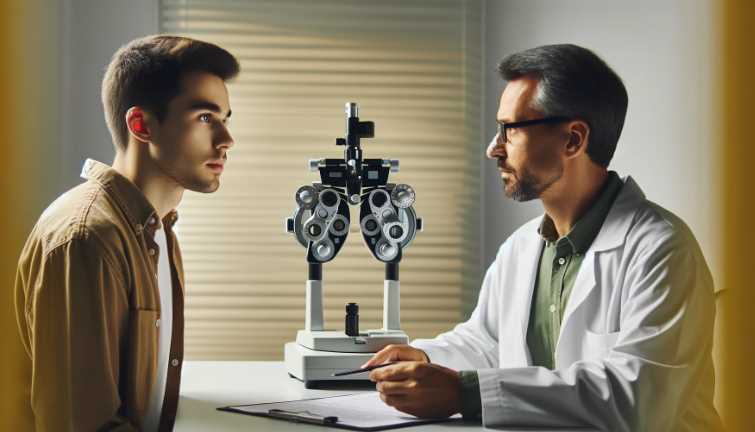
Understanding Binocular Vision Dysfunction
Before we dive into the dysfunction, let’s grasp the concept of binocular vision. Our eyes are designed to work together, providing depth perception and a three-dimensional view of the world. Binocular vision dysfunction disrupts this coordination, creating a visual mismatch that can lead to various discomforts.
Causes and Symptoms of Binocular Vision Dysfunction
1. Eye Misalignment
One of the primary causes of BVD is eye misalignment. Imagine trying to focus a camera with a slightly off-center lens. That’s what happens when the eyes aren’t aligned, leading to blurred vision, double vision, and eye strain.
2. Strabismus
Strabismus, commonly known as crossed eyes, is another contributor to BVD. The misalignment affects how the brain processes visual information, causing confusion and discomfort.
3. Convergence Insufficiency
Convergence, the ability of the eyes to work together when focusing on nearby objects, is often compromised in BVD. This can result in difficulties reading, eye strain, and headaches.
4. Accommodative Dysfunction
Accommodative dysfunction involves issues with the eye’s ability to focus. The eyes may struggle to adjust to different distances, causing blurred vision and eye fatigue.
Diagnosing Binocular Vision Dysfunction
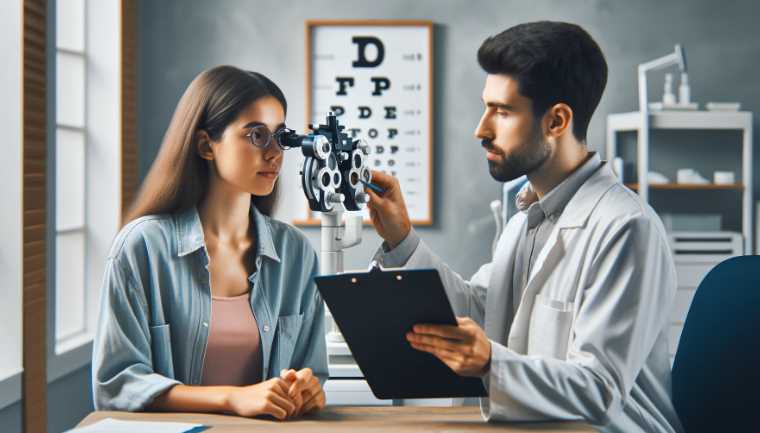
Acknowledging the existence of Binocular Vision Dysfunction (BVD) is the initial stride, yet achieving a precise diagnosis demands the expertise of a professional eye examination. My personal journey commenced with a thorough eye exam, an essential step in uncovering the subtle signs that pointed towards BVD.
Common Diagnostic Tests for BVD
1. Comprehensive Eye Exam
Conducting a comprehensive eye exam serves as the cornerstone for identifying BVD. This in-depth assessment goes beyond the routine vision check, delving into the intricate details of eye movement, alignment, and focusing abilities. Through this meticulous examination, healthcare professionals can unravel the complexities of BVD, paving the way for tailored interventions.
2. Cover Test
The cover test, while seemingly straightforward, emerges as a powerful diagnostic tool for eye misalignment. By systematically covering one eye at a time and focusing on an object, this test illuminates any disparities in eye movement. During my diagnostic journey, the cover test played a pivotal role in precisely pinpointing the extent of misalignment, providing crucial information for the subsequent treatment plan.
3. Eye Tracking and Fixation Tests
The coordination of eye movements is a hallmark concern in BVD, and tracking and fixation tests prove instrumental in its diagnosis. These assessments gauge how effectively the eyes follow moving objects and maintain focus. My personal experience with these tests unveiled challenges in the seamless coordination of eye movements, shedding light on the specific areas that required attention. As a key component of the diagnostic process, these tests contribute valuable insights into the nature and extent of BVD, guiding the formulation of an effective remedial strategy.
Traditional Treatments for Binocular Vision Dysfunction
Prescription Glasses and Contact Lenses
Addressing Binocular Vision Dysfunction (BVD) often initiates with the simple yet transformative power of corrective lenses. My personal journey towards visual clarity began with a pair of prescription glasses meticulously crafted to rectify the specific misalignment impairing my sight. These lenses, tailored to my unique needs, not only corrected vision but also ushered in a newfound comfort, making everyday activities more enjoyable.
Prism Lenses
Redirecting Light for Visual Harmony
Prism lenses emerged as a beacon of relief in managing my BVD. These specialized lenses act as optical tools, skillfully redirecting light to align the images perceived by both eyes. The strategic use of prism lenses not only alleviated strain but also fostered a harmonious visual experience. In essence, these lenses became a cornerstone in my journey towards visual equilibrium.
Vision Therapy
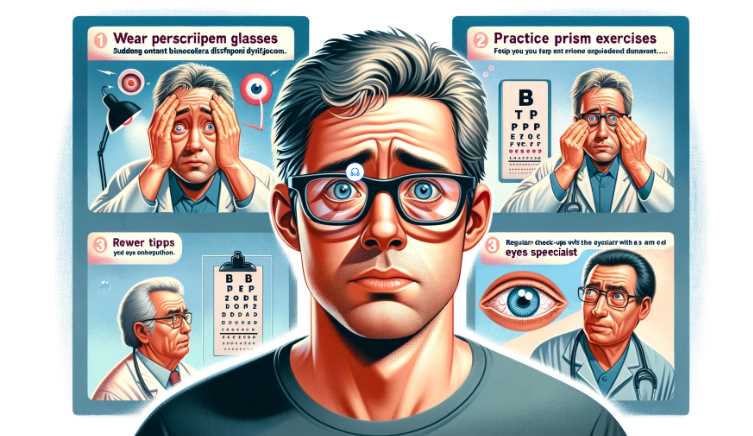
Strengthening the Foundation: A Trio of Therapeutic Approaches
1. Eye Exercises
Engaging in targeted eye exercises became a steadfast routine in my quest for improved vision. These exercises, designed to fortify eye muscles, played a pivotal role in addressing the root causes of BVD. From focusing drills to eye movement exercises, each session contributed to enhanced coordination and strengthened visual function. The simplicity of these exercises belied their effectiveness, proving to be a fundamental aspect of my daily routine.
2. Computer-Based Training
In the digital landscape, computer-based training programs tailored to tackle BVD introduced a dynamic dimension to my treatment. Interactive exercises guided me through a series of challenges, gradually refining my eye coordination. The marriage of technology and tailored exercises not only made the process engaging but also accelerated progress, bringing me closer to a seamless and synchronized visual experience.
3. Home-based Therapies
Complementing professional interventions, home-based therapies empowered me to actively participate in my vision enhancement. Simple yet impactful exercises, coupled with visual hygiene practices, became integral to my daily routine. Whether it was practicing convergence techniques or incorporating the 20-20-20 rule to alleviate eye strain, these home-based strategies added a layer of personal commitment to the broader treatment plan. The amalgamation of professional guidance and self-driven initiatives contributed significantly to the overall success of my BVD management.
Vision Therapy Summary Table
| Therapy Type | Purpose | Personal Impact |
|---|---|---|
| Eye Exercises | Strengthening eye muscles, improving coordination | Fundamental to daily routine |
| Computer-Based Training | Targeted challenges for enhanced eye coordination | Accelerated progress |
| Home-based Therapies | Active participation through simple exercises and visual hygiene practices | Personal commitment and success |
Advanced Treatments and Technologies
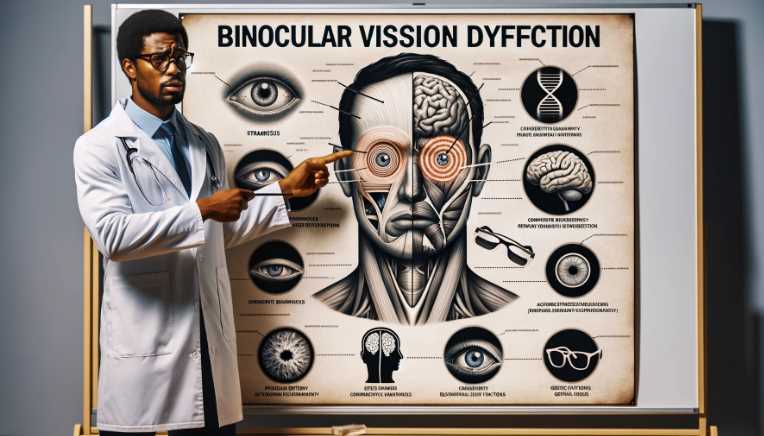
Neuro-Optometric Rehabilitation
Traditional treatments laid the foundation, but it was neuro-optometric rehabilitation that provided a holistic approach. This advanced therapy addressed not only the physical aspects of BVD but also delved into the neurological connections influencing visual coordination.
1. Addressing Neurological Aspects
Neuro-optometric rehabilitation considers the brain-eye connection, recognizing that BVD is not solely an ocular issue but a complex interplay between the eyes and the brain. Targeted therapies aimed to rewire these neural pathways for improved coordination.
2. Integrating Sensory and Motor Skills
The integration of sensory and motor skills was a game-changer. Activities designed to enhance peripheral awareness, balance, and spatial orientation complemented traditional approaches, leading to a more comprehensive recovery.
Virtual Reality (VR) Therapy
Stepping into the realm of virtual reality introduced a new dimension to my BVD treatment. VR therapy created immersive environments, challenging my visual system in controlled settings and accelerating progress.
1. Immersive Environments for Rehabilitation
Virtual reality simulations provided a safe space to work on visual challenges. From simulated depth perception exercises to interactive scenarios, VR therapy proved effective in retraining my eyes and brain.
2. Targeting Specific BVD Issues
What sets VR therapy apart is its ability to target specific BVD issues. Tailored programs addressed my unique visual challenges, offering a personalized approach that traditional methods couldn’t replicate.
Lifestyle Changes and Home Remedies
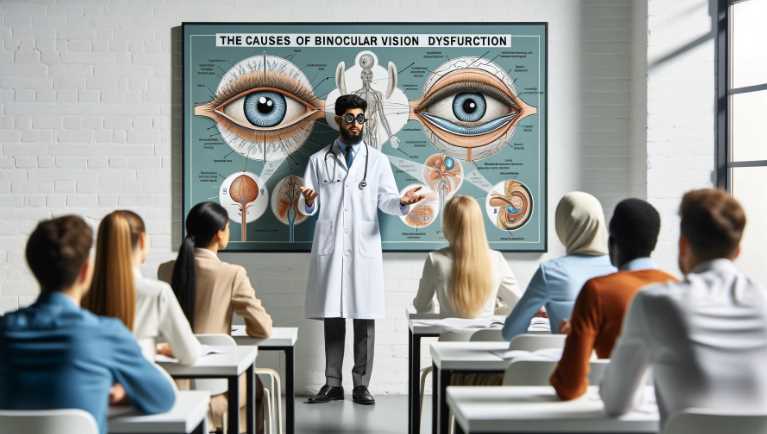
Vision Hygiene Practices
Incorporating vision hygiene practices into my daily routine was a small yet impactful step. Taking frequent breaks from digital screens, adjusting lighting conditions, and practicing the 20-20-20 rule became second nature.
1. Frequent Breaks from Digital Screens
The prevalence of digital devices in our lives can exacerbate BVD symptoms. Taking short breaks to rest my eyes during prolonged screen time made a noticeable difference in reducing strain.
2. Proper Lighting Conditions
Optimizing lighting conditions at home and workspaces contributed to a more comfortable visual environment. Avoiding glare and ensuring adequate illumination were simple adjustments that positively influenced my daily life.
What is Binocular Vision Dysfunction (BVD)?
Binocular Vision Dysfunction (BVD) is a condition where the eyes struggle to work together efficiently, leading to symptoms such as headaches, double vision, and difficulty focusing. It occurs when the eyes are misaligned or don’t move properly together.
What are the common symptoms of BVD?
Common symptoms of BVD include headaches, eye strain, double vision, light sensitivity, difficulty reading, and problems with balance and coordination. If you experience these symptoms, it is advisable to consult an eye care professional for an evaluation.
How is BVD diagnosed?
BVD is diagnosed through a comprehensive eye examination conducted by an optometrist or ophthalmologist. The examination may include tests to assess eye alignment, focusing ability, and the coordination of eye movements.
Can BVD be treated with glasses?
In some cases, BVD can be effectively treated with prescription glasses. These glasses are specifically designed to address the misalignment or coordination issues between the eyes, providing clearer and more comfortable vision.
What is vision therapy, and can it help with BVD?
Vision therapy is a customized program of eye exercises and activities designed to improve the coordination and function of the eyes. It is often recommended for individuals with BVD to strengthen the eye muscles and enhance binocular vision. Vision therapy is conducted under the supervision of a trained eye care professional.
Are there specific exercises to improve binocular vision?
Yes, there are various exercises that may be prescribed to improve binocular vision. These exercises can include eye tracking, convergence exercises, and activities that enhance depth perception. The effectiveness of these exercises depends on the individual’s specific condition, and they should be performed under professional guidance.
Can BVD be treated in children?
Yes, BVD can be treated in children. Early detection and intervention are crucial for successful treatment. Children with BVD may undergo vision therapy, and in some cases, the use of specialized glasses may be recommended to improve their binocular vision.
How long does it take to see improvement with BVD treatment?
The timeline for improvement varies from individual to individual. Some people may experience relief from symptoms relatively quickly, while others may require more time and consistent effort with vision therapy. Regular follow-up appointments with an eye care professional are essential to monitor progress.
Are there lifestyle changes that can help manage BVD?
Certain lifestyle changes can complement BVD treatment. These may include taking breaks during prolonged periods of near work, maintaining good posture, and ensuring proper lighting when reading or using electronic devices. These adjustments can contribute to overall eye comfort and reduce strain.
Can surgery be an option for BVD?
Surgery is typically not the first-line treatment for BVD. Non-surgical approaches such as glasses and vision therapy are often explored initially. In some cases where there is a structural issue contributing to the dysfunction, surgical intervention may be considered, but this decision is made on a case-by-case basis.
Final Words
Binocular Vision Dysfunction is not a roadblock but a detour that can lead to newfound clarity. Embrace the journey, seek professional insights, and actively participate in your vision enhancement. The destination is not just clearer sight; it’s a richer, more vibrant world waiting to be explored with newfound visual acuity.
Resources and References
- American Optometric Association. (2022). Binocular Vision Dysfunction.
- Vision Therapy: Seeing is Achieving. (2022). Neuro-Optometric Rehabilitation.

I am an enthusiastic student of optics, so I may be biased when I say that optics is one of the most critical fields. It doesn’t matter what type of optics you are talking about – optics for astronomy, medicine, engineering, or pleasure – all types are essential.
Table of Contents
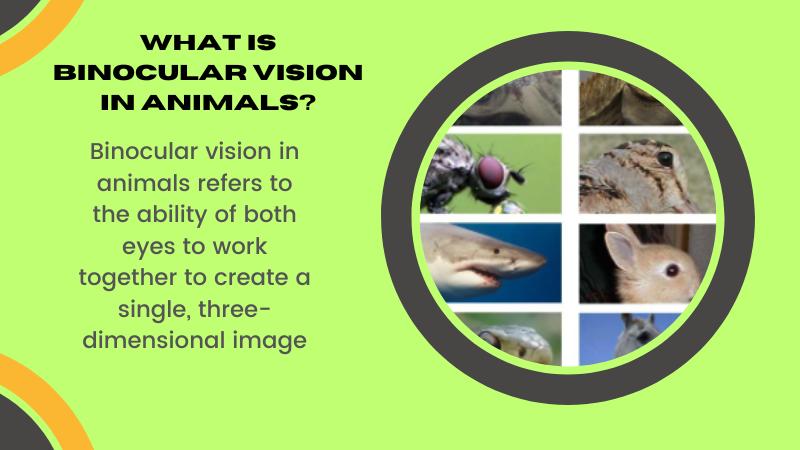
Pingback: Can binocular vision dysfunction be cured?
Pingback: How do you know if you have binocular vision dysfunction?
Pingback: Binocular Vision Dysfunction: Is it a Disability?